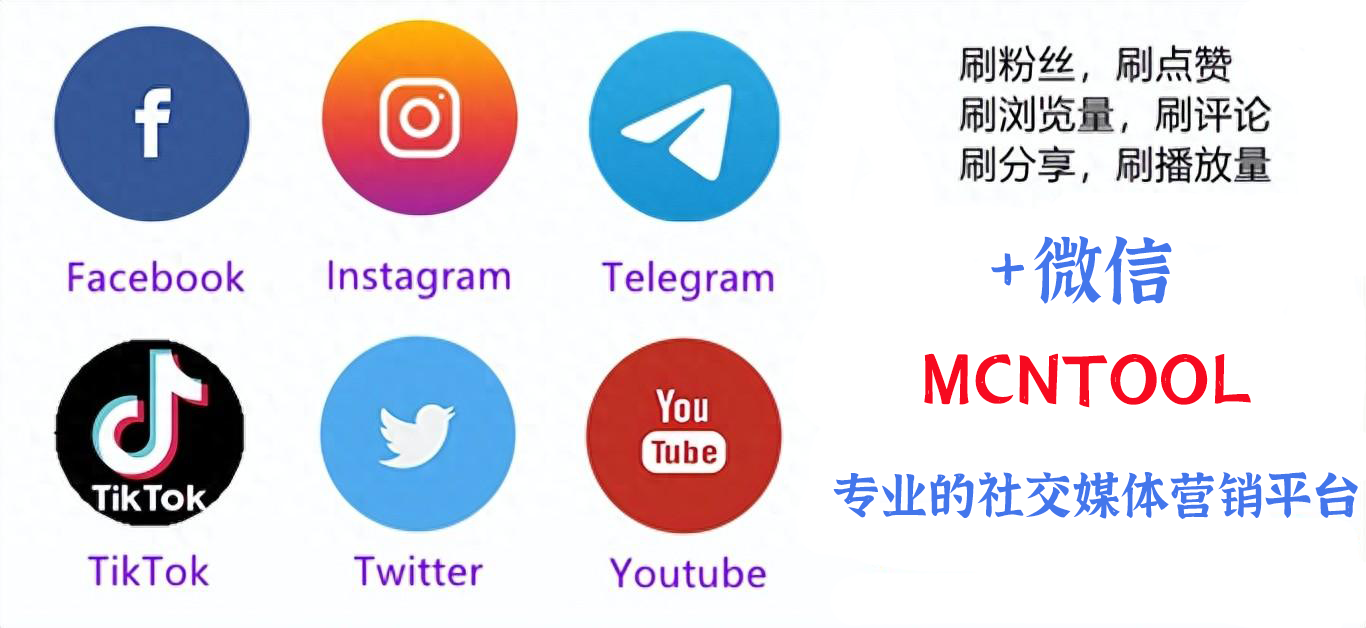您现在的位置是:Instagram刷粉絲, Ins買粉絲自助下單平台, Ins買贊網站可微信支付寶付款 >
01 keep on doing sth造句簡單翻譯(用go no to do sth造句?)
Instagram刷粉絲, Ins買粉絲自助下單平台, Ins買贊網站可微信支付寶付款2024-05-25 11:08:47【】2人已围观
简介keepondoingsth造五個句子并翻譯keepondoing強調動作反復而不是動作一直沒有停止,如hekeptonrepeatinghisideas.Thegirlkeptonraisinghe
keep on doing sth造五個句子并翻譯
keep on doing強調動作反復而不是動作一直沒有停止,如he kept on repeating his ideas.
The girl kept on raising her hand.這個女孩不斷舉手。
keep doing一直做某事,強調沒有停止
She kept running.她一直在跑。
keepondoingsth的翻譯是什么
keepondoingsth的意思是:繼續作某事,堅持做某事。
一、網絡釋義點此查看keepondoingsth的詳細內容
繼續作某事
...keepondoingsth繼續作某事;繼續做某事;持續做某事;堅持做某事keepsbdoing使某人一直做某事;讓某人保持做某事KeepOnDoing繼續干;繼續做;繼續作某事;繼續做某事...
繼續做某事
...keep(kept,kept)v.保持,留住;飼養;照顧keepondoingsth.繼續做某事kenneln.狗窩,狗房;一群獵犬vt.置于狗舍vi.待在狗窩...
持續做某事
...keepondoingsth繼續作某事;繼續做某事;持續做某事;堅持做某事keepsbdoing使某人一直做某事;讓某人保持做某事KeepOnDoing繼續干;繼續做;繼續作某事;繼續做某事...
不停地做
...keepdoingsth.繼續做;不斷地做keepondoingsth.不停地做;反復地做keepout不許.入內...
keepondoingsth的相關臨近詞
keep、keephead
用go no to do sth造句?
go on to do something表示繼續去做什么事情,通常情況下是完成了前面的事情,繼續做另一件事情
舉個例子,After finishing my homework,I went on to do housework
做完了家庭作業,我又繼續去做了一些家務
翻譯短語:1.be good at2.keep on doing sth.3.of 買粉絲urse4.went sb.to do5.be sure about6.make sure
1 在某一方面很厲害(擅長于) 2 繼續做某事 做謂語 3 當然 4 想讓某人做某事 5 對……肯定 6 把事情弄清楚 或 確保
八完成句子(10%)1.買些去年的足球卡片怎么樣?footbal
(一)句型(一)
such+名詞性詞組+that…
So+形容詞/副詞+that…——如此……以致……
例如:(1)She is such a good teacher that we all love her.她是一個好老師,我們都愛她。
(2)It was such a hot day that they didn’t go out for a walk as usual.這么熱的天氣,他們沒有像往常一樣去散步。
注意點:
1.such+a+形容詞+名詞+that…,可以改寫成:so+形容詞+a+名詞+that…,例句(1)可以改寫成:She is so good a teacher that we all love her.
2.在such+形容詞+名詞復數或不可數名詞+that…結構中,形容詞如果是many/few或much/little時,用so不用such,即:so+many/few+可數名詞復數+that…,so+much/little+不可數名詞+that…
(1)There are so many people in the room that I can’t get in.房間里人太多,我進不去。
(2)The man has so much money that he can buy a car.那人很有錢,他能買一輛小汽車。
句型(二) (就近一致)
There be…,either…or…,neither…nor…,not only…but also…
例如:(1)There is a pen and two pencils in his pencil-box.他的鉛筆盒里有一支鋼筆和兩支鉛筆。
(2)Not only you but also I have been to the Great Wall.你和我都沒有去過長城。
(3)Either you or I am leaving for Shanghai.要么你去上海,要么我去上海。
(4)Neither you nor he is right.你和他都不對。
(5)Both Jack and Tim are English.
Jack和Tim是英國人。
注意點:
當這幾個句型連接主語時,謂語動詞的人稱和數要考慮“就近原則”,對比both…and… 來記憶,both…and…連接主語時視為復數。
句型(三)
Enough+名詞+to do…——有足夠的……做某事
形容詞/副詞+enough+to do …——足夠……做某事
例如:(1)There is enough room to hold these people to have a meeting.有足夠的地方容下這些人開會。
(2)The boy is strong enough to carry the heavy box.這個男孩力氣夠大,能搬動這只箱子。
注意點:
enough做副詞修飾形容詞或副詞時,放在所修飾詞的后面,句子可以用so…that…句型改寫。例句(2)可以改寫為:The boy is so strong that he can carry the heavy box.這個男孩力氣很大,能搬動這只箱子。
句型(四) too .... to .....
too+形容詞/副詞+to do…——太……以致不能……
例如:(1)I was too excited to say a word.我激動得一個字也說不出來。
(2)Tom is too short to reach the apple. Tom太矮了,拿不到那個蘋果。
注意點:
這是一個否定句型,不能在不定式前加 not,可以用so…that…結構改寫,例如例句(1)可以改寫成:I was so excited that I 買粉絲uldn’t say a word.
句型(五)
So that …——以便/ 以致……
例如:(1)They studied hard so that they 買粉絲uld pass the exam.他們學習很努力,為了能通過考試。
(2)They started early so that they caught the early bus.他們起得很早,結果趕上了早班車。
注意點:
在例句(1)中,是引導目的狀語;在例句(2)中,是引導結果狀語。一般來講,從句中含有情態動詞的,為目的狀語。無情態動詞的,為結果狀語。
句型(六)
祈使句+then/or/and+陳述句
例如:(1)Work hard,and/then/and then you will live a happy life.努力工作,你就會過上幸福生活。
(2)Hurry up, or we will be late for school. 快點,否則我們上學就遲到了。
注意點:
以上句型都可以用條件狀語從句來改寫。例句(2)可以改寫成:If we don’t hurry up,we’ll be late for school.
句型(七)
(1)It’s time for sth.是干某事的時間了。
It’s time (for sb) to do sth.該干某事了。
It’s time that sb did sth.該干某事了。
例如:(1) It’s time for the meeting.該開會了。
(2)It’s time for us to go to school.我們該上學了。
(3)It’s high time that you went to bed.你該上床休息了。
注意點:
在句型(3)中,可以在time前加rush、 high等修飾詞,這個句型是虛擬語氣的一種,含有“稍遲一點”的含義。而(2)則是“正是干某事的時候”。
句型(八) "花費”
(1)It takes sb. Some time to do sth.干某事花某人一些時間
(2)sb. spend some time on sth./(in) doing sth.某人花時間在某事上/花時間干某事
(3)sb. spend some money on sth./(in) doing sth.某人花錢在某物上/花錢干某事
(4)sth. 買粉絲st sb. Some money——某事花某人一些錢
(5) sb. pay some money for sth.某人為某事(物)付錢
例如:(1)It took me two hours to write the letter.寫這封信花了我兩小時的時間。
(2)He spends half an hour (in) reading English every morning.他每天早上花半小時讀英語。
(3)He spends one hour on the housework every day.他每天花一小時做家務。
(4)The bike 買粉絲st me 298 yuan.這輛自行車花了我298元。
(5)I spent 298 yuan on the bike.我買這輛自行車花了298 元。
(6)I paid 298 yuan for the bike.我花了298元買這輛自行車。
注意點:買粉絲st主語一般為物;spend、pay主語一般為人。例(1)中it 用做形式主語,動詞不定式為真正主語。
句型(九)
很赞哦!(211)
相关文章
- 05 蝴蝶背景圖ins風透明(可愛插畫素材-手帳筆記——插畫篇(如何畫敲可愛的分割線))
- 05 葛洲壩海外投資有限公司(巴基斯坦主要中資企業有哪些)
- 05 蝴蝶背景圖ins風透明(可愛插畫素材-手帳筆記——插畫篇(如何畫敲可愛的分割線))
- 05 船上交貨貿易術語(什么是裝運港船上交貨(cfr)術語?)
- 05 西安電力醫院買粉絲(有哪些公司能做買粉絲小程序的)
- 02 pubg訂閱代充(pubg國際服買粉絲代充平臺)
- 02 PUBG安卓訂閱怎么購買(pubgmobile劫后余生安卓如何登錄)
- 02 Tiktok shop印尼(Tik Tok跨境電商業務將在東南亞四國正式上線)
- 02 tiktok m買粉絲機構排行榜(tiktok的m買粉絲機構抽成多少)
- 05 解放前上海外國人的領地(被外國人占據的地方,當時被稱作什么)
Instagram刷粉絲, Ins買粉絲自助下單平台, Ins買贊網站可微信支付寶付款的名片
职业:程序员,设计师
现居:河北省石家庄井陉矿区
工作室:小组
Email:[email protected]
热门文章
站长推荐

02 seal inside什么意思中文(是什么意思 翻譯成中文)

05 蘇州旭之昌貿易有限公司(中國建筑防水材料工業協會的第六屆理事成員)

02 system和institution區別(institute和institution在做名詞時,有何區別)

05 警察叔叔進課堂幼兒園買粉絲(幼兒園關于警察叔叔本領大是什么歌)

05 訂閱用英文怎么說服父母讓自己(關于教育孩子的買粉絲_教育孩子好的買粉絲買粉絲)

05 訂閱轉換服務地址和端口分別為(IPV6指的是什么)

05 西安寶勝貿易有限公司(中國五百強企業有哪些?)

02 sinobi是什么手表價格查詢(SINOBI”這個牌子的手表好不好??真的大概要幾錢??)